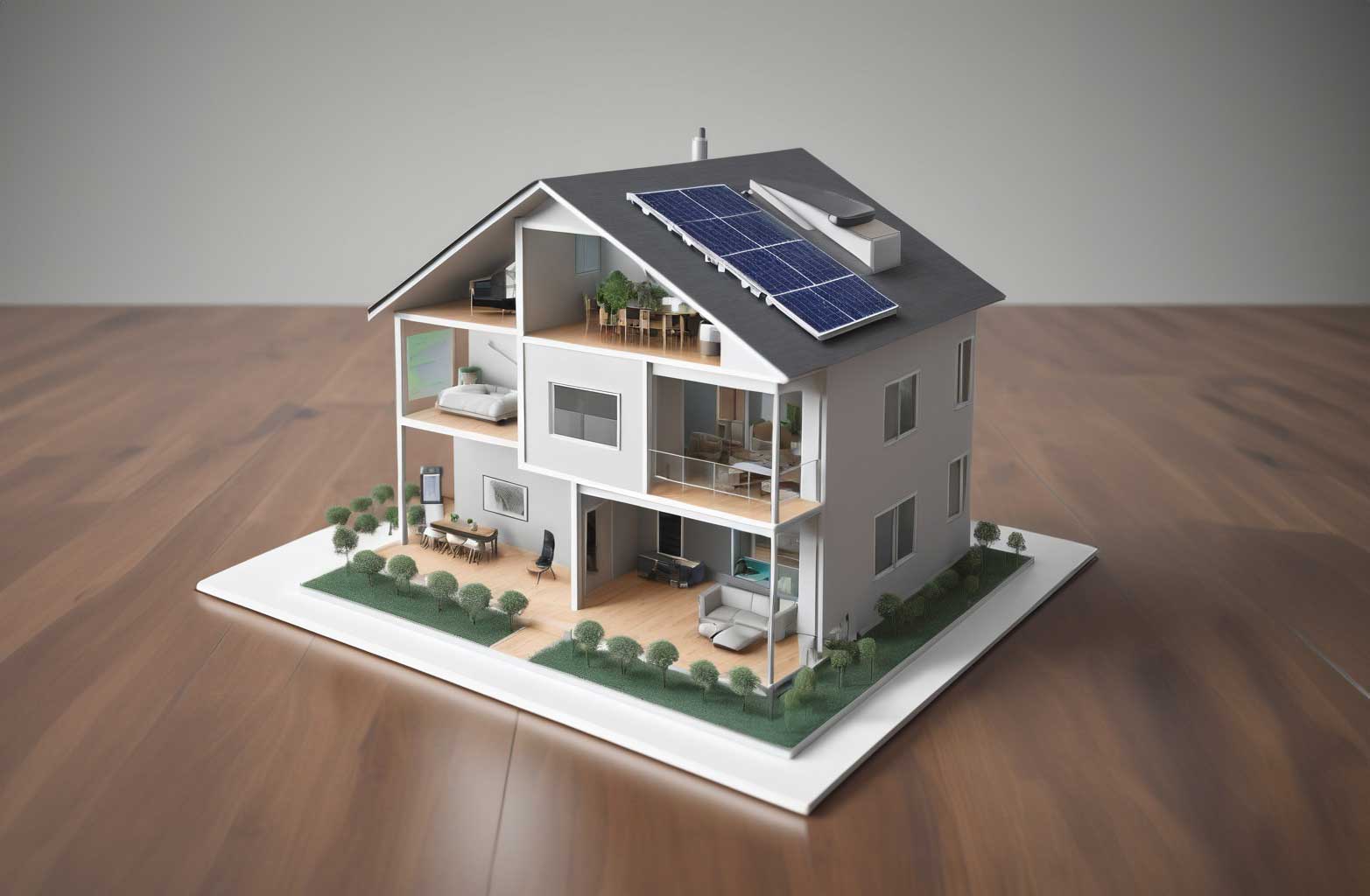Your cart is currently empty!
In today’s fast-paced world, smart home technology is quickly becoming an essential part of modern living. Whether you’re looking to improve convenience, security, or energy efficiency, there are a variety of devices that can help transform your home into a smart space. In this Smart Home 101 guide, we’ll explore the essentials of turning your house into a connected, efficientspace.
If you’re just getting started, here’s a guide to the essential smart home devices that will set you on the right path.
Smart Home Devices for beginners
1. Smart Lighting
One of the easiest and most affordable ways to begin your smart home journey is by installing smart lighting. These devices allow you to control your home’s lighting through an app or voice command. You can set schedules, dim the lights, or even change the color to match your mood.
Popular brands like Philips Hue or LIFX offer versatile lighting systems that integrate seamlessly with other smart home devices. Whether you’re home or away, smart lighting gives you the flexibility to create the perfect ambiance and save energy.
2. Smart Plugs
Smart plugs are a simple yet effective way to convert your existing appliances into smart ones. By plugging your devices—like lamps, fans, or coffee makers—into a smart plug, you can control them remotely using a smartphone app or voice assistant.
This not only gives you control over your devices but also helps you monitor and reduce power consumption. Many smart plugs offer scheduling options, so you can automate turning your devices on or off based on your routine.
3. Smart Thermostat
A smart thermostat allows you to control the temperature of your home remotely and automate heating or cooling based on your schedule. This device helps you maintain a comfortable environment while maximizing energy efficiency, especially when you’re not home.
Smart thermostats, such as the Google Nest or Ecobee, also learn your preferences over time and can make adjustments to save energy while keeping your home comfortable. In areas with varying temperatures, this can be a game-changer for controlling utility costs.
4. Smart Security Cameras
Security is often a top priority for homeowners, and smart security cameras offer a great way to monitor your property in real time. Many of these cameras come with features like motion detection, two-way audio, and night vision, allowing you to keep an eye on things whether you’re at home or away.
Smart cameras can send alerts to your smartphone when they detect activity, giving you peace of mind that your home is secure. They’re also useful for checking in on pets or deliveries while you’re not around.
5. Smart Door Locks
Smart door locks provide added security and convenience, allowing you to lock or unlock your door remotely. You can grant temporary access to friends or family and monitor when the door is opened or closed.
With features like keyless entry and integration with other smart home systems, smart locks make managing your home’s security effortless. Brands like August and Schlage offer various models that can suit your needs.
6. Smart Speaker or Hub
At the heart of a smart home is a central hub or smart speaker that allows all your devices to communicate. Smart speakers like the Amazon Echo, Google Nest, or Apple HomePod are equipped with voice assistants that let you control other smart devices through simple voice commands.
These devices serve as the main control point, allowing you to manage everything from lighting to entertainment with ease. Smart hubs can also serve as entertainment centers, providing music, news updates, and even smart home automation routines.
7. Smart Home Security System
For comprehensive home protection, a full smart home security system integrates various elements like door and window sensors, cameras, and alarms into one cohesive system. This setup allows you to monitor your home from anywhere and receive real-time alerts if something seems off.
Many systems also come with professional monitoring options for additional peace of mind, ensuring that you’re always protected, even if you’re not actively checking your devices.
8. Smart Appliances
Smart appliances, such as refrigerators, washing machines, or even ovens, add another level of convenience to your home. These devices can be controlled remotely and can notify you when maintenance is needed or when a cycle is complete.
For instance, a smart fridge can alert you when groceries are running low, or a smart washing machine can be scheduled to run during off-peak hours to save energy.
Conclusion
Starting your smart home journey doesn’t have to be overwhelming. By incorporating these essential devices—smart lighting, plugs, thermostats, security cameras, door locks, and a central hub—you can create a connected, efficient, and secure living space. As you grow more comfortable with smart technology, you can continue adding more advanced devices, like smart appliances or integrated security systems, to further enhance your home.
Smart homes are not just a trend—they’re the future of modern living, offering convenience, savings, and peace of mind. Start with the basics, and soon you’ll wonder how you ever lived without these smart solutions!



Leave a Reply